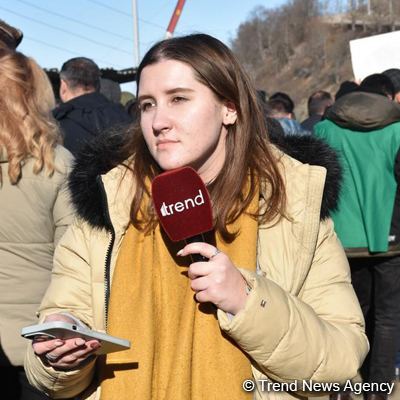BAKU, Azerbaijan, May 30. The European Bank for Reconstruction and Development (EBRD) would like to support Azerbaijan's future economic diversification through strengthening sectors outside oil and gas and fossil fuels, Alkis Vryenios Drakinos, Director, Regional Head of the Caucasus for the EBRD, told Trend.
"To date the EBRD has supported Azerbaijan’s economic development by investing in 190 projects of 3.8 billion euros in value. Most of this funding has been oriented towards Azerbaijan’s sustainable infrastructure including in the energy sector. Our yearly level of investments has been varying in tandem with demand for bankable projects from Azerbaijan’s private sector and the state sector," he said.
According to Drakinos, the bank is interested in boosting its share of private sector operations. "I can expect that in the coming years, investments in support of private sector development including through our growing network of partner banks, the Middle Corridor, and facing the global challenge of climate change mainly through power generation from renewable resources and subsequent improvements on the national grid, will be at large our areas of operational focus".
"In all our operations we will continue supporting green transition, inclusion, and digitalization in line with our own priorities and strategic direction as an institution. The above operational directions will be outlined in our forthcoming Country Strategy for Azerbaijan that will cover the period 2024 – 2029," he noted.
The EBRD rep also pointed out that the bank is in discussions with the Azerbaijani authorities and the private sector about the Country Strategy priority themes.
"We expect to complete the process and submit the Country Strategy to our shareholders for their approval later in 2024," he added.
Meanwhile, as of February 29, 2024, the EBRD's project loan portfolio in Azerbaijan is estimated at 937 million euros, spread across 32 projects.
The majority of the portfolio—90 percent, or 848 million euros—is dedicated to investments in sustainable infrastructure. Seven percent (64 million euros) is invested in the industrial, trade, and agricultural sectors, while the remaining three percent (26 million euros) is allocated to financial institutions.






